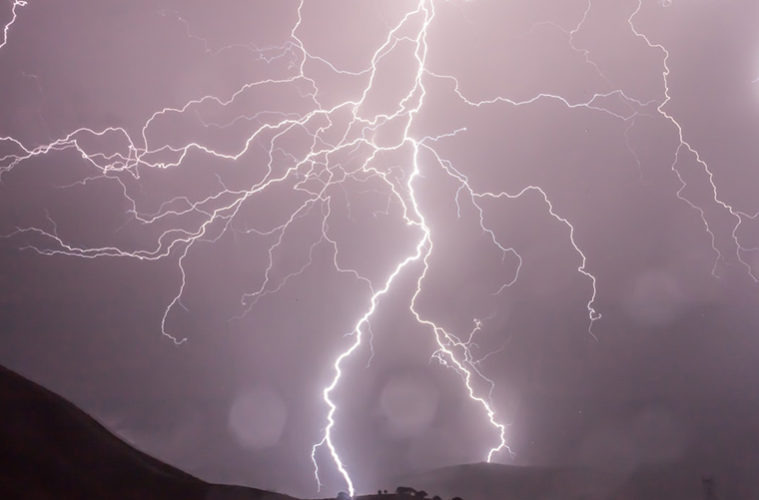JRR Tolkien was of course a very talented writer with an amazingly creative imagination. He once said: “Give me a name and it produces a story, not the other way about normally.”
This is the case with natural disasters (notice I didn’t say hazards – Geography students should be about to tell you why!), for example:
- The Boxing Day tsunami
- Hurricane Katrina
- Storm Desmond
- The Great Kanto earthquake
- The Boscastle flood
Once a natural hazard has been given a name, it’s either probably about to cause destruction, or it already has (therefore becoming natural disasters). Most of these events are named after the places that were impacted the most, but when it comes to meteorological storms they are personified.
So Tolkien’s quote is quite fitting when it comes to naming tropical storms. Although tropical storms such as hurricanes and typhoons are more famous for being named, more recently we’ve started doing it here in the UK too. Then once named the story often follows…
But why name a storm?
Well… think about what a name does, and what it means. Do you have a pet? Why not just call it ‘the dog’ or ‘the chinchilla’? (And think about how anti-climatic it will sound to visitors of your house when they ask: “Cute gerbil, what’s it’s name!?”). Some people give objects names, like their car or house. Companies give names to their products… It gives things an identity, and once they have an identity, they can take on much more meaning.
This is the purpose of naming storms. The MetOffice started naming the UK’s storms to “…[use] a single authoritative system [which] should aid the communication of approaching severe weather through media partners and other government agencies. In this way the public will be better placed to keep themselves, their property and businesses safe.”
Written by Steve Rackley



